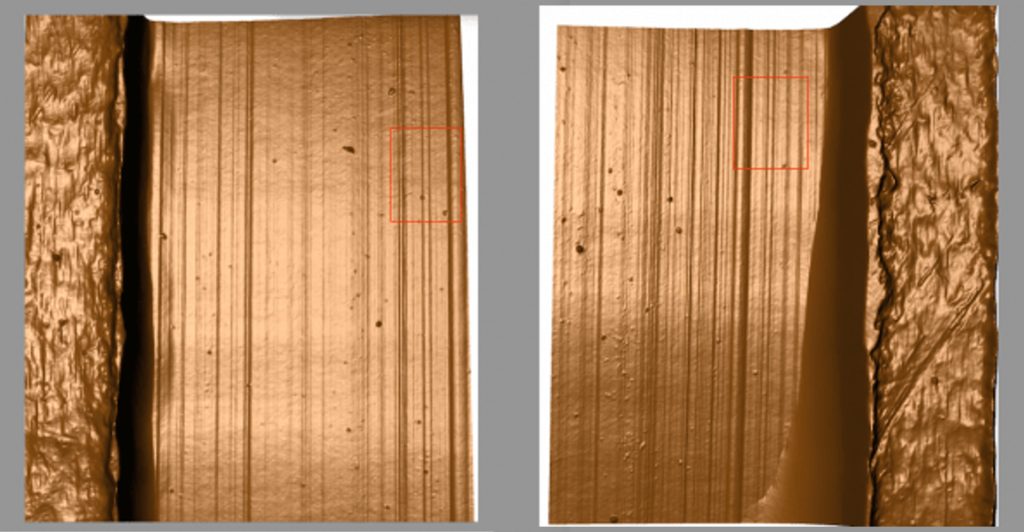Maria Cuellar, a Center for Statistics and Applications in Forensic Evidence (CSAFE) researcher, was featured in a recent story in Penn Today, the daily online publication of the University of Pennsylvania.
Crime and the Scientific Method provides an in-depth look at how eight faculty members in Penn’s Department of Criminology work to develop methodologies to improve public safety and inform policy and planning.
Cuellar, an assistant professor in the department, is developing new forensic analysis methods, starting with toolmark analysis. The article explains how Cuellar is working to develop a statistical method by making toolmarks using a mechanical rig to ensure controlled, consistent marks. The toolmarks are created using screwdrivers, and the marks are scanned using a 3D scanner.
Cuellar is creating a high-quality database of the scans, which will be used to help develop an algorithm. This work is part of the CSAFE-funded project, Evaluating Foundational Validity of Toolmark Analysis. Cuellar is the principal investigator.
From the article:
Analyzing toolmarks is similar to analyzing a bullet used in a shooting, but it’s even more challenging. “With a firearm, there’s the ammunition and there’s the trigger,” says Cuellar. “There is not much variation in how you shoot the firearm. But with tools, if you imagine using a knife to pry a door open, there are so many different ways in which the knife could be used, and these many different degrees of freedom make it a lot more difficult to study toolmarks.”
To accomplish this, Cuellar makes toolmarks using a mechanical rig to ensure controlled, consistent marks. The rig can adjust the force and angle so that she can study the variations. “Right now, I’m working with screwdrivers, which are one of the simplest tools you can have,” says Cuellar. “It just has two surfaces, and you can make striation marks that are just drag marks on metal. I then scan those with a 3D scanner and use that data for analysis. I’m interested in starting with the simplest tool and build up from there. The most important element is creating high-quality data from known sources, known as labels, that you can use to train the algorithm.”
Cuellar says that some are skeptical of new methods. “Many critics say, ‘Well, how can you study toolmarks? They are so complex that really it just should be done by a human. It’s more of an art than a science,’” says Cuellar. “And what I’m saying is that statistics is the perfect tool to study problems like these. They are our bread and butter. With careful modeling and machine learning, we can help improve the quality of forensic analyses and reduce errors in the criminal justice system.”
Read the full article at https://penntoday.upenn.edu/news/crime-and-scientific-method.
To learn more about how CSAFE is developing statistical and scientific foundations for assessing and matching firearms and toolmarks, go to https://forensicstats.org/firearms-and-toolmark-analysis/.




